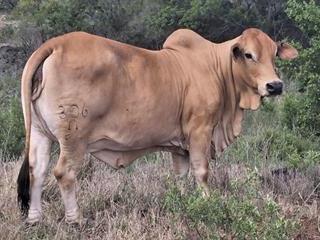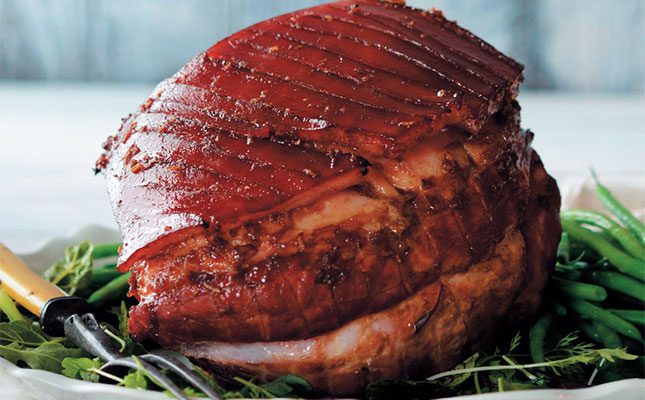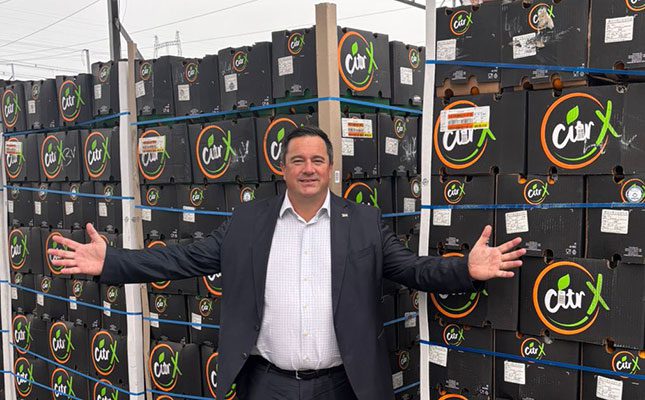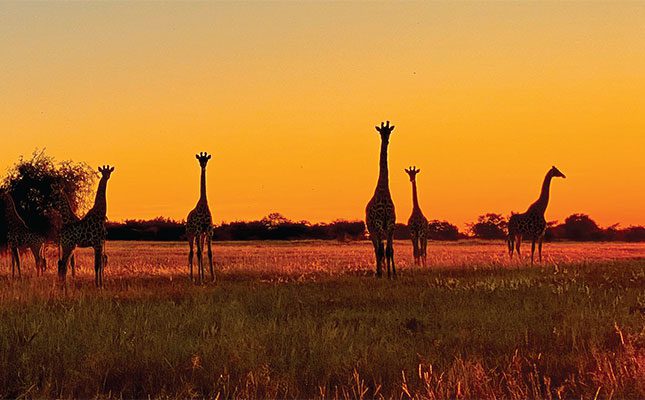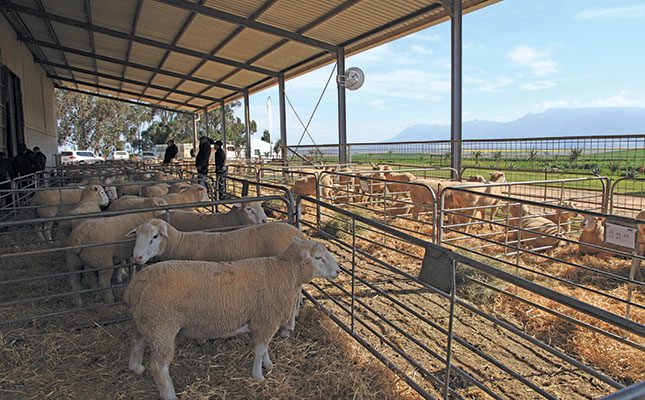Australia is taking the lead in the southern hemisphere’s research and development. To reduce the livestock industry’s environmental impact, Meat and Livestock Australia (MLA) have invested A,1 million in research and development, helping farmers and processors face new regulations, consumer demands and climate change. MLA says it has established an environmental science advisory panel to develop responses to climate change. One aim is to improve methane measurement for the beef industry, reducing emissions while maintaining productivity and profitability.
Together with the Queensland Department of Primary Industries and Fisheries Scientists, MLA is trying to adapt kangaroo rumen bacteria, which prevent methane production, to cattle. They say the three-year project could halve cattle methane emissions, cutting Australia’s greenhouse gas production by up to 6%.
The bacteria could also boost energy retention, increasing meat production by 3,5% per animal and nationwide farm productivity by A2 million (R1,08 billion) per year by 2035. Improving feed conversion by identifying breeding traits has increased growth rates and meat per unit of feed. Research into rumen function will improve it even further. Off-farm, the MLA has focused on water shortages and energy constraints in processing. They’re investigating biodiesel production from tallow, of which Australia produces about 600 000t/year. In another programme, farmers each plant about 150 trees a year to absorb carbon dioxide.
MLA keeps tabs on the anti-red meat brigade and ensures consumers understand, for example, that replacing red meat with white meat would cause nutrient deficiencies and that, to replace red meat with grains, Australia would need additional crop land the size of Victoria and Tasmania combined. As for the proposed replacement of beef with kangaroo meat, Australia would need to kill 80 million kangaroos annually to replace the eight million cattle it processes – 20 million more than the total kangaroo population. |fw
South Africa plays catch-up
South Africa doesn’t spend much on research and development, and we’re being left behind in the race to find ways of coping with the environmental impact of global meat demand, which is expected to double by 2030. Stephen Slippers, Meadow Feeds technical executive for ruminants, warns livestock farmers can’t face complex issues they can’t deal with alone. “Animal agriculture has a large environmental footprint, including methane emissions, degradation of grazing lands, and eutrophication of surface water. We need a systematic, multi-disciplinary team approach to planning and problem solving,” he says.
“A good team could include the farmer, an animal nutritionist, veterinarian, agronomist, pasture scientist, soil scientist, agricultural engineer and economist. Most producers can’t afford this, but the expertise is available from input suppliers like feed companies, backed up with technology agreements with big multi-national companies with strong research and development capacity.”
Resources are also getting scarcer and more expensive. “Inputs will have to be converted into products more efficiently. But productivity is no longer just financial – the environment, economy and society must benefit,” says Slippers. “Farmers can reduce greenhouse gases and trade carbon credits via agricultural soil carbon, rangeland soil carbon management and renewable energy generation, but this isn’t yet mainstream in South Africa.”


